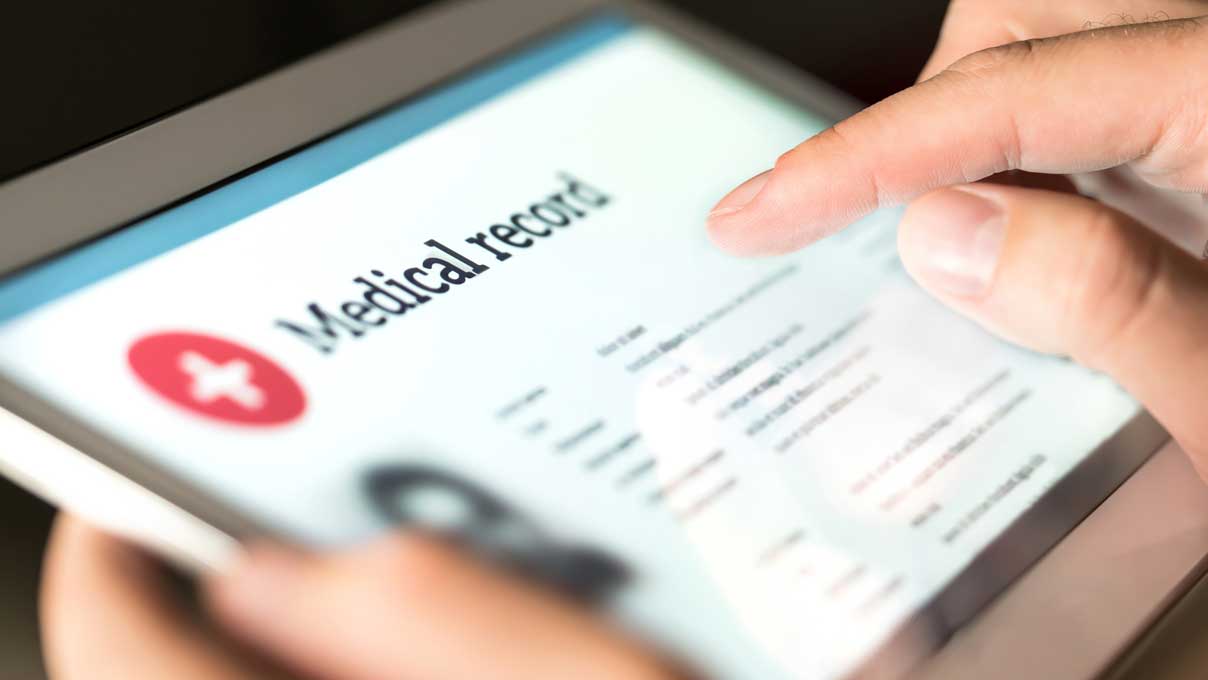
How EMR Optimization Reduced Screens & Clicks by 50%
January 19, 2024
Despite the centrality of Electronic Medical Records (EMR) within healthcare, few providers are satisfied with their current solutions. According to a recent whitepaper from Sage Growth Partners:
- 60% of hospital and healthcare system C-suite executives rank EMR optimization as their top technology initiative
- Only 24% believe their EMR lives up to their vendor’s promises “very well”
- Only 17% strongly agree their current EMR will meet their needs going forward
EMR optimization, supported by a strategic technology partner, can help alleviate these concerns. In this article, we’ll walk through how EMR optimization works, and how we initiated transformative change within one of our own healthcare clients’ digital infrastructure.
How 3Pillar approaches EMR optimization
The benefits listed above aren’t theoretical. They come from our own experience working with clients on their EMR optimization journeys.For one client in particular, evolving compliance requirements were impeding staff productivity, leading to what is commonly referred to as “death by a thousand clicks.” Rather than remain with the ever-growing burden of the status quo, the client seized the opportunity to modernize their user interface (UI) and alleviate burnout among their team.
Here’s how our approach to EMR optimization helped this client quickly achieve their desired outcome and more.
1. Solve for need
We began by collaborating closely with product owners and business users to identify key pain points, particularly regarding UI intuitiveness. This preliminary research then gave us a heuristic for subsequent analysis, where we took a deep dive into client data and proposed an EMR optimization strategy.When it comes to EMR modernization, there is no one-size-fits-all approach. Every client’s needs are different. By taking the time to identify those needs early in the process, we can save significant amounts of time and money by building the most impactful product first.
For example, we didn’t find it necessary to replace all legacy systems outright. Rather, we directed our efforts toward enhancing efficiency, ensuring seamless integration with existing infrastructures while driving meaningful improvements in user experience and productivity.
2. Excel at change
The iterative process required our team to excel at change at every step of the way. From prototype demonstrations to stakeholder feedback and continuous collaboration with the client, we were making changes every step of the way, refining the product as we went.This was particularly important given the extensive nature of the project, which included the redesign of UI elements across all stages of patient interaction, from outreach and intake to clinical management and billing.
We had two core goals: revamping the technical foundation of the UI using modern technologies and reimagining user workflows to enhance usability. By maintaining these core focuses, we remained flexible and adaptable as changes inevitably arose during the process.
3. Minimize time to value
In total, the project lasted less than a year, reflecting our commitment to minimizing time to value. That value included a 50% reduction in screens and clicks for our client’s physicians and staff, simplifying clinical data capture and enabling better use of the provider’s resources. Additionally, the qualitative from the client indicated a marked increase in adoption following the implementation of our streamlined workflows.The pressing need for EMR optimization
Given the sizable investments in building and implementing EMR systems in the first place, optimization may seem difficult to justify, both from a time and financial perspective. However, EMR optimization drives significant, tangible benefits for physicians, administrators, and, ultimately, the patients they serve.Cost reduction & revenue generation
Legacy EMR systems often feature cumbersome workflows and outdated interfaces, leading to inefficiencies and increased administrative burdens for healthcare professionals. By optimizing EMRs, providers can streamline workflows, automate routine tasks, and optimize resource use. This improves operational efficiency and reduces total costs.Regulatory compliance and security
EMR optimization is key to ensuring patient data is securely stored, transmitted, and accessed in accordance with key compliance standards, including the following:- HIPAA compliance. To guarantee the security and privacy of patients’ electronically protected health information (ePHI), EMR systems must abide by HIPAA requirements.
- Data security and encryption. EMR software must contain sufficient security features to shield patient data from hacker attacks, illegal access, and breaches. This includes (but isn’t limited to) data backups, encryption, access controls, and routine security audits.
- Meaningful Use (MU). When the EHR Software system is certified for Meaningful Use it implies that healthcare providers can receive incentives through Medicare and Medicaid programs in the U.S.
- Interoperability standards. If an EMR needs to be shared outside the practice, then you need to be able to convert it to an Electronic Health Record (EHR), which requires you to meet certain interoperability standards, such as HL7 and FHIR. This lays the foundation for care coordination across multiple providers.
Scalability and adaptability
To grow and evolve in a dynamic market, healthcare providers need modern EMR systems built to scale and adapt to changing needs. Investing in EMR optimization gives healthcare providers the resources to adapt to:- Evolving clinical workflows
- Shifting organizational structures
- Regulatory requirements
- Patient engagement and expectations (e.g. telemedicine, value-based models)
Enhancing patient care
EMR optimization also carries significant benefits for patients. By facilitating better communication among providers and ensuring accurate, up-to-date information, patients can become more informed about clinical decision-making and, ultimately, experience better health outcomes.Don’t put off modernizing and optimizing your healthcare technology workflows. See how 3Pillar can support your efforts today.
About the author

BY
SHARE
Recent blog posts

Stay in Touch
Keep your competitive edge – subscribe to our newsletter for updates on emerging software engineering, data and AI, and cloud technology trends.



